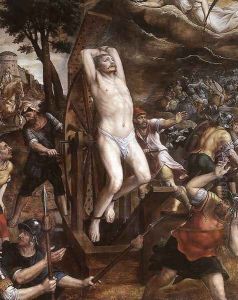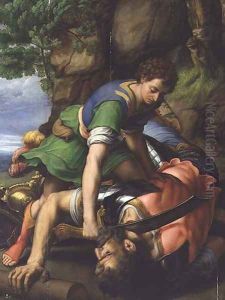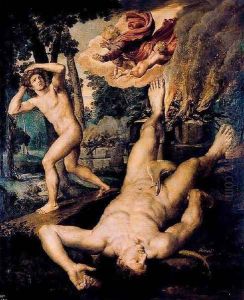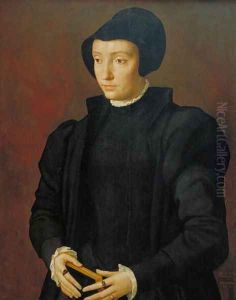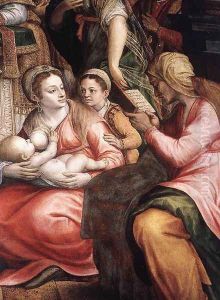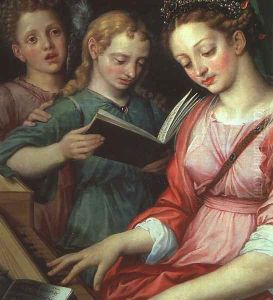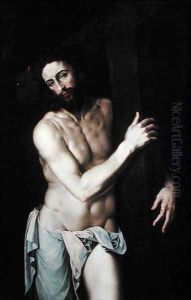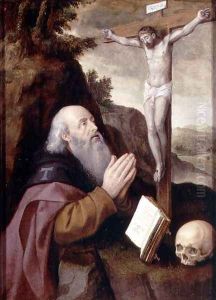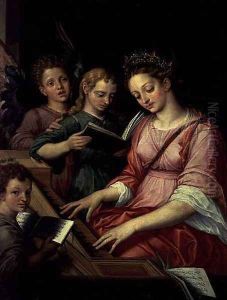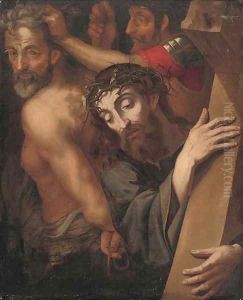Michiel van Coxie Paintings
Michiel van Coxie, sometimes known as Michiel Coxcie or Coxien, was a prominent Flemish painter who lived during the Renaissance period. Born in Mechelen, now in modern-day Belgium, around 1499, he was often referred to as the 'Flemish Raphael' due to his style, which was heavily influenced by the Italian Renaissance, and in particular by the works of Raphael.
Van Coxie received his early artistic training in the workshop of Bernard van Orley, a leading Brussels painter at the time. However, his most formative years were spent in Italy, where he traveled in his twenties. He stayed in Rome for about ten years, from around 1530 to 1540. During this time, van Coxie was deeply influenced by the works of Raphael and Michelangelo. He studied their frescoes and absorbed the Italian approach to composition, perspective, and figure representation.
Upon his return to Flanders, van Coxie became instrumental in introducing the Italian Renaissance style to Northern Europe. His work was characterized by a fine attention to detail, balanced compositions, and a clear influence from his Italian experiences. He executed numerous large-scale religious paintings, altarpieces, and portraits, as well as designs for tapestries. One of his most famous works is the restoration of the Ghent Altarpiece by the Van Eyck brothers, which he undertook in the mid-16th century.
Michiel van Coxie worked for various patrons, including Emperor Charles V and King Philip II of Spain. His contribution to the arts also extended to his offspring, as his sons, Raphael and Michiel the Younger, also became painters, although they did not achieve the same level of fame as their father.
After a long and productive career, Michiel van Coxie died in Mechelen on March 10, 1592. His legacy lived on, influencing subsequent generations of Flemish artists and contributing to the spread of Renaissance ideals in Northern European art.
